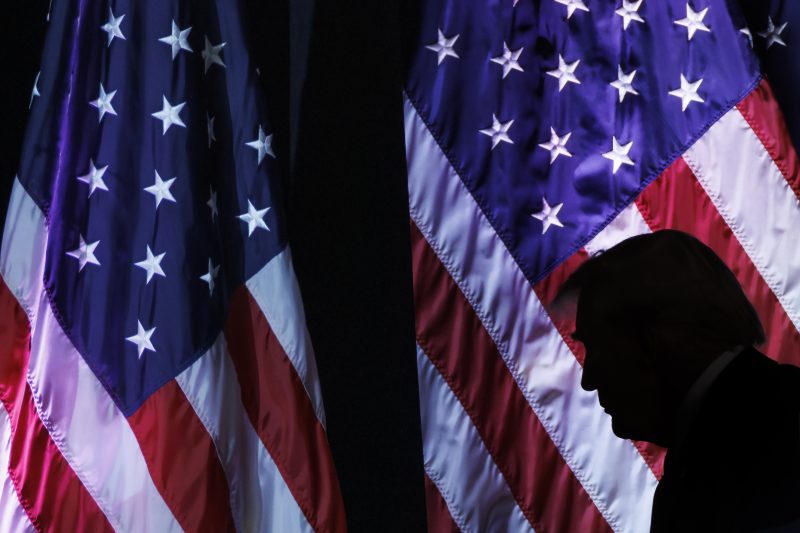
AI-Powered Crowds and Polling Shenanigans: Trump Braces for Rejection Yet Again
In the realm of politics, the use of artificial intelligence (AI) and crowd-sourced data has become increasingly prevalent in recent years. The evolving landscape of technology has provided political analysts and campaigns with powerful tools to gather, analyze, and predict voter behavior. However, the intersection of AI, crowds, and unskewed polls has also raised questions about the integrity and accuracy of election forecasting.
One prominent example of AI and crowds impacting political outcomes is evident in the 2016 United States presidential election. During the lead-up to the election, various polls and forecasts predicted a strong likelihood of a victory for Democratic candidate Hillary Clinton. Many of these projections relied on methodologies that incorporated AI algorithms and crowd-sourced data to model voter sentiment and behavior.
Despite the seemingly favorable odds in Clinton’s favor, the election ultimately yielded a surprise victory for Republican candidate Donald Trump. This unexpected outcome sparked debates and controversies surrounding the accuracy and reliability of AI-powered election predictions. Critics argued that biases in data collection, flawed modeling assumptions, or misinterpretation of crowd sentiments could have led to erroneous forecasts that failed to capture the true pulse of the electorate.
In response to the perceived inaccuracies of mainstream polling and forecasting methods, some political strategists and analysts have turned to unskewed polls as an alternative approach. Unskewed polls aim to mitigate biases and inaccuracies by adjusting raw polling data based on perceived discrepancies or deviations from what proponents consider to be a more accurate representation of voter preferences.
By leveraging AI algorithms to analyze unskewed data and incorporating insights from crowdsourced opinions, political campaigns and pundits can gain a more nuanced understanding of voter behavior. This approach allows for the identification of potential blind spots or overlooked factors that could influence election outcomes.
Looking ahead to future elections, it is evident that AI, crowds, and unskewed polls will continue to play a significant role in shaping political strategies and forecasting electoral results. The challenge lies in balancing the benefits of leveraging technology and crowd intelligence with the imperative to ensure data accuracy, transparency, and unbiased analysis.
As technology advances and political landscapes evolve, the integration of AI and crowdsourced data will offer new opportunities to enhance the precision and depth of election forecasting. However, it remains crucial for stakeholders to critically evaluate the methodologies, assumptions, and potential biases inherent in AI-powered predictions to safeguard the integrity and reliability of political insights.
